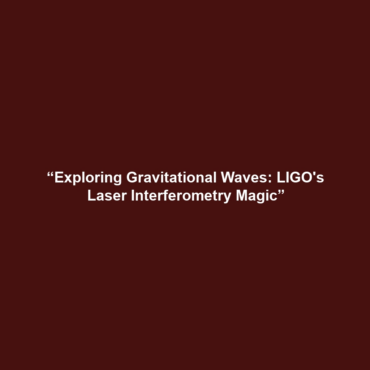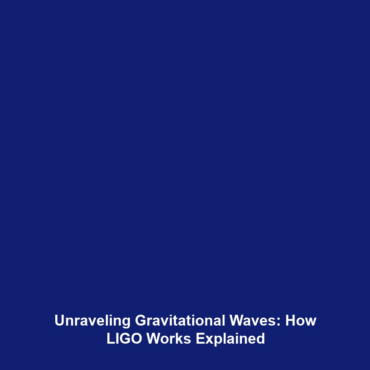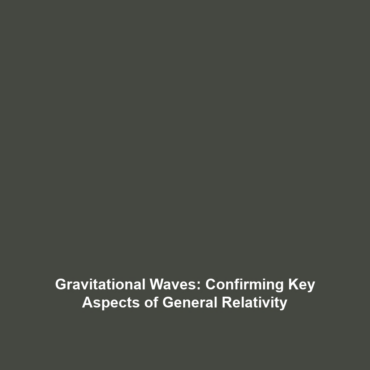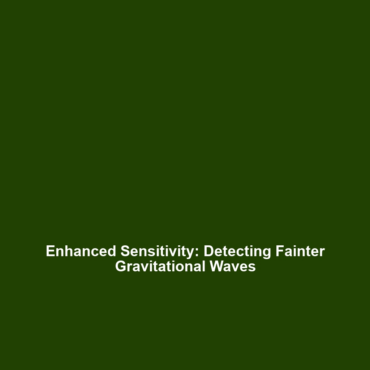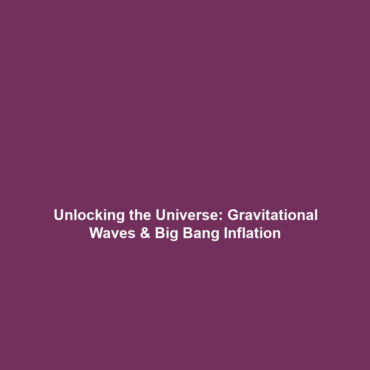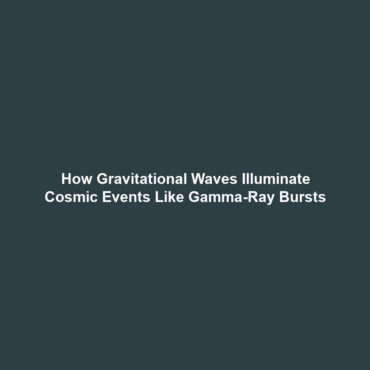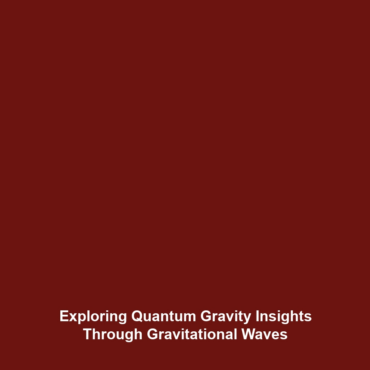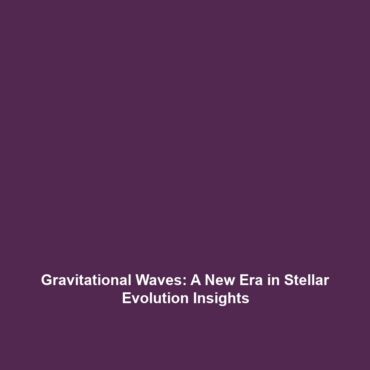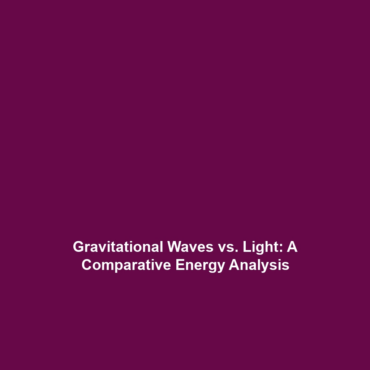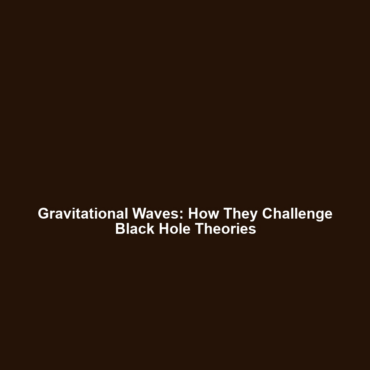How LIGO Uses Laser Interferometry to Detect Tiny Changes in Spacetime
Introduction
Gravitational waves are ripples in spacetime caused by cataclysmic astronomical events, such as colliding black holes or neutron stars. The Laser Interferometer Gravitational-Wave Observatory (LIGO) plays a critical role in detecting these minuscule disturbances. By employing advanced laser interferometry, LIGO can measure shifts in distance as small as a fraction of the diameter of a proton. Understanding how LIGO uses laser interferometry not only enhances our grasp of gravitational waves but also deepens our knowledge of fundamental physics.
Key Concepts
The concept of laser interferometry at LIGO involves the following major principles:
1. Interference Patterns
LIGO utilizes laser beams split into two perpendicular arms, each measuring 4 kilometers in length. When a gravitational wave passes through, it causes a slight stretching and compressing of space, altering the path lengths of the beams. The interference pattern formed by recombining these beams provides information on these changes.
2. Precision Measurements
The sensitivity required for detecting gravitational waves involves advanced technology, including high-quality lasers and sophisticated detectors. This capability positions LIGO as a pioneer in the field of gravitational wave astronomy.
Applications and Real-World Uses
LIGO’s success in detecting gravitational waves has led to several significant real-world applications, including:
- Astrophysics Research: Gravitational wave detection assists scientists in studying the universe’s most extreme phenomena.
- Multi-Messenger Astronomy: Combining gravitational wave data with electromagnetic observations enhances our understanding of cosmic events.
- Technological Innovations: The precision technology developed for LIGO has implications in various fields such as telecommunications and engineering.
Current Challenges
Despite its groundbreaking capabilities, LIGO faces several challenges:
- The need for continuous upgrades to improve sensitivity
- Limitations in isolating signals from environmental noise
- Understanding and interpreting complex data accurately
Future Research and Innovations
Future innovations in LIGO’s research and technology promise exciting advancements in gravitational wave detection:
- Next-Gen Detectors: The planning of upgraded facilities, such as the Cosmic Explorer, aims to enhance sensitivity further.
- Quantum Technology: Incorporating quantum measurements could lead to breakthroughs in gravitational wave detection capabilities.
- Global Collaborations: International collaboration will enhance data collection and analysis, leading to a more comprehensive understanding of gravitational waves.
Conclusion
In summary, LIGO’s laser interferometry techniques are revolutionizing our understanding of gravitational waves and provide a new lens through which we can study the universe. Continuous advancements promise to unlock even more secrets of the cosmos. For more information on gravitational wave detection and how it is reshaping astrophysics, visit our additional resources.
